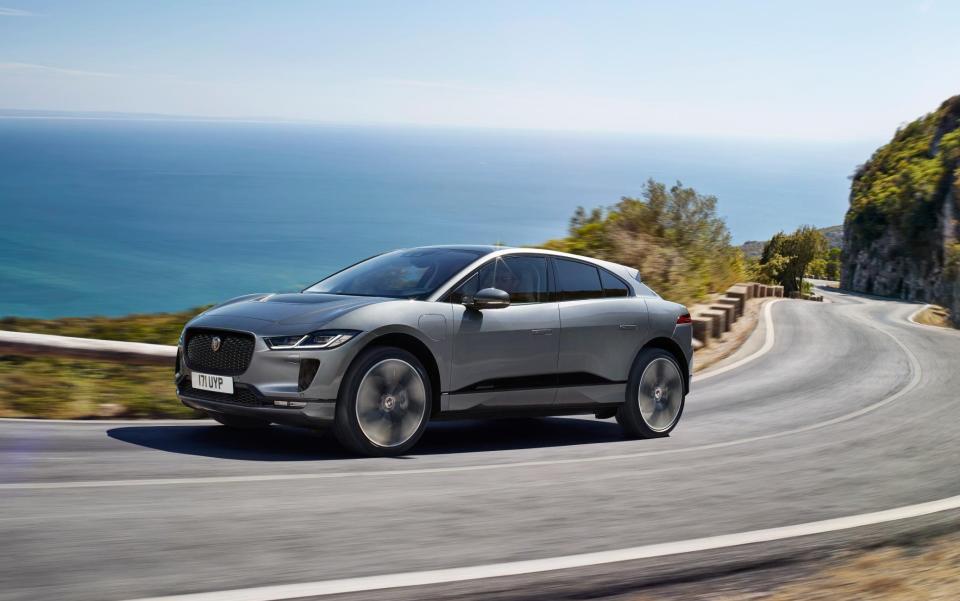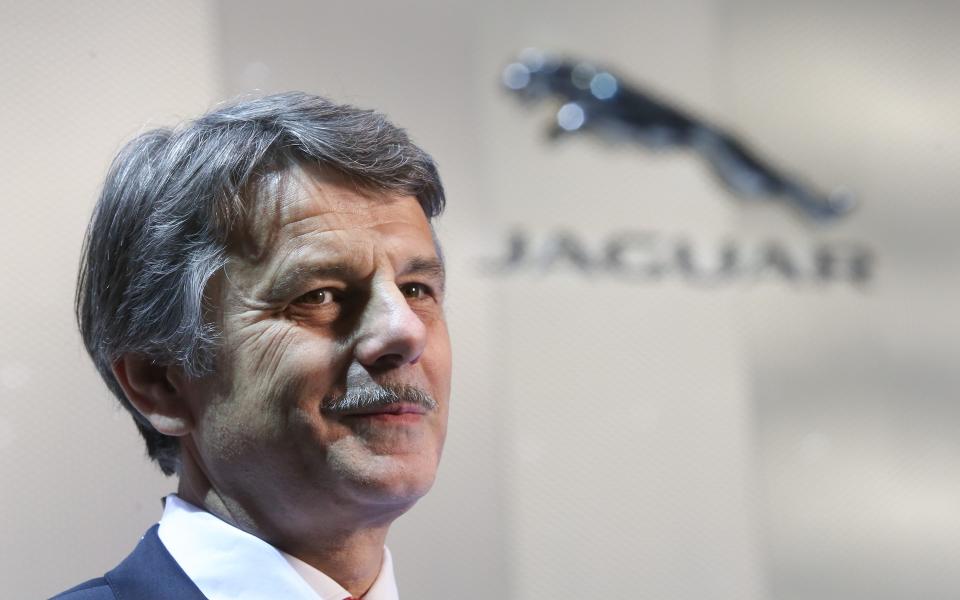The uphill battle facing Jaguar Land Rover's new boss

Jaguar Land Rover, Britain’s biggest car company, gets a new man behind the wheel in September when former Renault boss Thierry Bolloré takes over from Sir Ralf Speth as chief executive.
Bolloré will inherit a company that was already struggling even before coronavirus sent the automotive sector into a skid.
JLR’s focus on big and heavy cars doesn’t mesh well with the electrification of transport, where small and light cars are the order of the day, and the Coventry-based company’s Range Rovers are often vilified by the environmental lobby as planet-wrecking gas guzzlers.
Then there’s the company’s relative small size. Even at its peak in 2017 it sold only 604,000 vehicles, just over a fifth of fellow premium manufacturer BMW’s total. In a world where scale is important, JLR is a relative minnow.
Investing in technology such as electric drive trains and autonomous driving does not come cheap, and whether JLR can do this alone is a major question.
There’s also the problem of JLR’s product line-up. The many similar SUVs of the Land Rover and Range Rover marques overlap, confusing customers.
Troubles are only exacerbated by the Jaguar brand’s SUVs that cannibalise sales from its sister business, while sales of its cars, ranging from the F-Type sports car to the XE, XF and XJ saloons are low.

The I-Pace, JLR’s first - and so far only - all-electric car, has been warmly received by the motoring press but has struggled with sales. In the last financial year just 15,867 were sold and it has failed to capture the public’s imagination in the way Tesla has. This is despite those who have driven both acknowledging the I-Pace is a better product.
Finally, JLR is seen as having a bloated cost base with too many factories for the number of vehicles it builds and inefficient production processes.
So what will Bolloré do once he's settled in at JLR’s shiny new headquarters in Gaydon, Warwickshire that opened last October at a cost of £600m?
An immediate priority will be finding savings. As a protege of Carlos Ghosn, the former Renault and Nissan chief nicknamed “Le Cost Killer”, Bolloré may be willing to make some changes that the somewhat paternalistic Sir Ralf couldn’t bring himself to do.
However, Sir Ralf’s “Charge+” efficiency programme introduced last year has already identified £4.7bn of savings and is targeting £6bn of economies by March. Bolloré may not find there’s much fat left to trim unless he is ready to launch a radical restructuring that completely reshapes JLR.
Savings could come in rethinking the range. JLR is missing a trick with only a limited presence in smaller cars with the E-Pace SUV. Introducing smaller cars could open up new markets.
Jaguar’s saloon cars also need some rationalisation. The smallest, the XE, was introduced in 2014 with hopes of taking on BMW’s class-leading 3 Series and eventually helping raise JLR’s total sales to one million a year - a target that has now been abandoned.
The astounding popularity of SUVs means saloon sales have dwindled and the XE never really took off, while the larger XF and XJ have remained at low levels.
Saloons are a pet project of Sir Ralf's. Bolloré could be the fresh pair of eyes with no emotional ties that could axe unpopular models and focus on new areas.
The Land and Range Rover models continue to outsell Jaguar by a ratio of almost three to one and continue to drive most of the group’s profit (when the company actually makes one, given the past two years have produced annual losses of £422m and £3.6bn respectively).

However, streamlining the ranges to eliminate overlaps could help, along with Bolloré clearly differentiating the Land and Range Rover marques from Jaguar to reduce cannibalisation. An even more extreme option could be killing off Jaguar completely - though whether such a move would be practical, even possible, is unknown.
With Sir Ralf remaining as a non-executive vice-chairman at JLR, Bolloré could find himself in the difficult position of having to deal with a predecessor still haunting executive corridors who is willing to fight to save the Jaguar brand he hoped to build up.
Despite his background in mass-market cars, one thing Bolloré is unlikely to do is move the marques downmarket in the hope of boosting sales. Lower pricing to win market share would not help the company’s finances and risks damaging the company’s premium cachet.
Partnerships are almost certainly on Bolloré’s to-do list. JLR is already working with BMW on electric drive trains and internal combustion engines, and it is rumoured this could be extended to sharing vehicle platforms and potentially other technology.
With JLR having slowed investment in electric Jaguars to ease pressure on its finances, joining forces with competitors could be one way of continuing progress at a lower cost. Renault was a leader in electric vehicles, and Bolloré utilising his experiences there to get JLR to catch up from its lagging position in electrification could be a real boost.
Such tie-ups would allow both companies to cut costs, but Bolloré may struggle to build relationships with executives at rival companies. He was ousted from his previous job at Renault having been unable to repair the rift with Nissan: not a good indicator of his diplomatic abilities.
When JLR was purchased by Tata from Ford for £1.5bn in 2008, many doubted the Indian conglomerate could revive the ailing automotive business.
However, over the next decade they were proved wrong, with the company astounding observers with its success and profitability, making the deal look like a bargain.
But the past few years have seen JLR return to the troubles that have dogged it for much of its history.
Bolloré’s challenge is to make sure he goes down in JLR’s annals as the person who reinvigorated the business - not the caretaker boss who oversaw its demise.

 Yahoo Finance
Yahoo Finance 